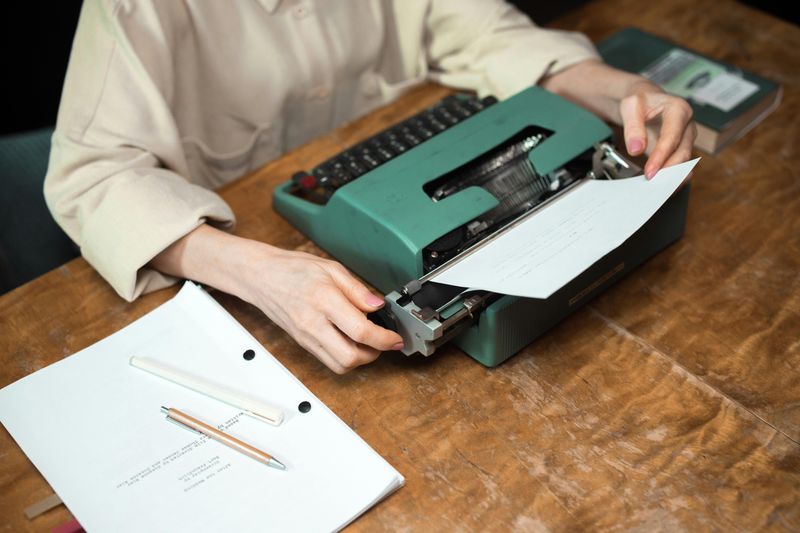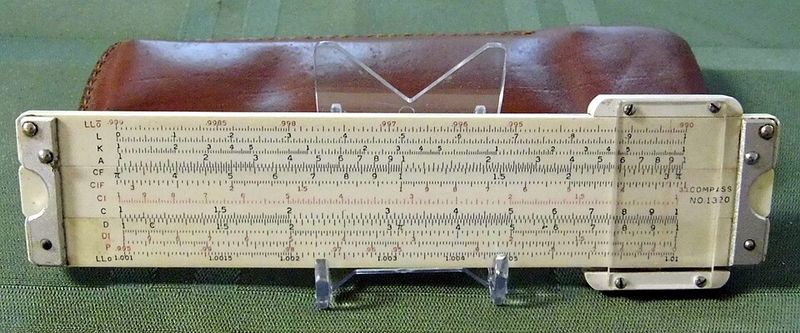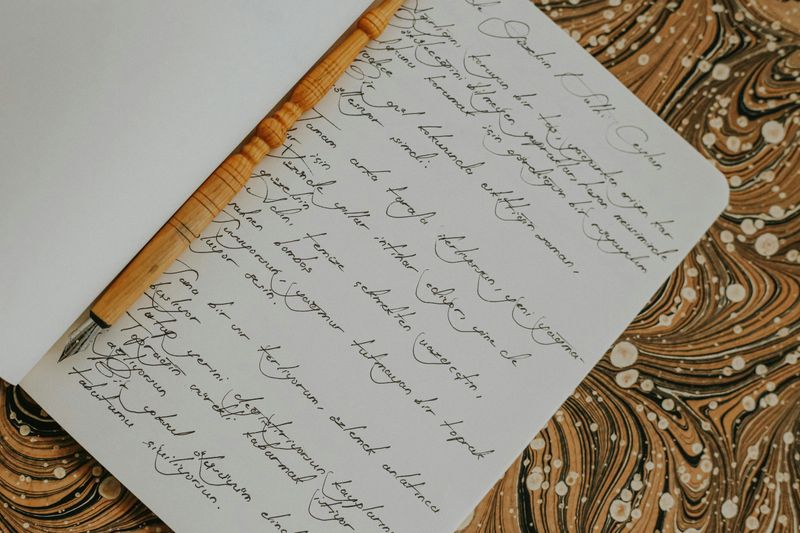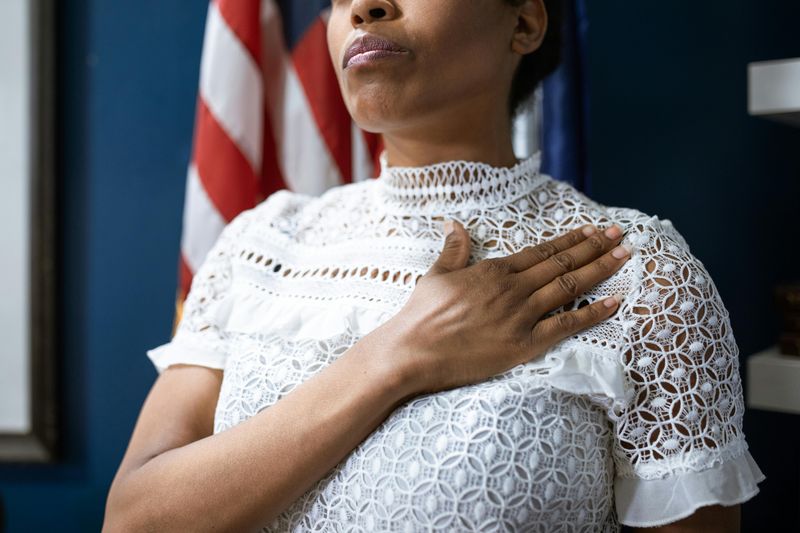15 Things Baby Boomers Were Taught in School That Don’t Exist Today

If you went to school in the Baby Boomer era, chances are you learned things that would make today’s kids look at you like you’re speaking ancient Greek. From cursive writing drills to balancing a checkbook, education back then was a mix of practicality, discipline, and a good dose of “because that’s how it’s always been done.”
1. Cursive Writing Mastery

Elegant loops and swirls of cursive writing once epitomized sophistication and intelligence. In a classroom filled with the rhythmic scratching of fountain pens, students diligently perfected their letters under the watchful eye of meticulous teachers. This skill was considered essential for legible communication and personal expression.
Today, cursive writing has become a lost art. With keyboards and digital devices dominating our lives, many young people find it challenging to even read cursive, let alone write it. The practicality of cursive has diminished in an era where typing efficiency takes precedence.
Nostalgia sweeps over those who remember receiving high grades for perfect penmanship. Yet, in a fast-paced world, clarity and speed are prioritized over the elegance of handwriting. The beauty of cursive survives mainly in signatures and nostalgic musings of yesteryear.
2. Balancing a Checkbook

Once a cornerstone of financial literacy, balancing a checkbook was as vital as learning multiplication tables. Students meticulously recorded every transaction, ensuring the numbers matched their bank statements. Understanding these basics of personal finance was an essential life skill.
With the advent of online banking and mobile apps, this once-critical skill has faded into obscurity. Digital tools automatically categorize spending, sparing individuals from manual calculations and reconciliation.
For those who practiced it, balancing a checkbook was a rite of passage into adulthood. Now, it serves as a historical footnote, a quaint memory of a time when understanding one’s finances required paper, pen, and patience. The lesson has shifted from manual balancing to digital budgeting.
3. Using the Dewey Decimal System

Before the digital age, the Dewey Decimal System was the librarian’s compass, guiding students through vast seas of knowledge. This structured system categorized books, making library navigation an adventure in itself. Students learned to decode numbers to unearth treasures hidden in the stacks.
Today, a simple Google search can yield information faster than navigating library shelves. The labor of flipping through card catalogs has been replaced by instantaneous online queries and databases.
Though the Dewey Decimal System is still used, it no longer holds the mystique it once did. For Baby Boomers, it was a lesson in order and patience. Modern learners, however, are more likely to interact with digital interfaces than dusty card catalogs. Libraries have evolved, but the story of Dewey remains part of educational history.
4. Typing on a Typewriter

The clatter of keys and the ding of a bell signaled the end of a line in typewriting classes. Students learned to type without errors, as corrections were cumbersome and time-consuming. Hitting the backspace meant starting over, a lesson in precision and patience.
With the arrival of computers, typewriter skills became obsolete almost overnight. The ease of editing text on a screen transformed typing into a more forgiving activity, focusing on speed and efficiency.
For those who learned on typewriters, the tactile experience was unmatched. Modern keyboards offer convenience, but the nostalgia of a typewriter’s mechanical rhythm lingers for those who once relied on them. The typewriter era taught resilience and focus, traits that remain valuable in any age.
5. Memorizing State Capitals

Geography lessons often included memorizing state capitals, a seemingly endless task that tested memory and patience. Students would recite capital names in unison, a staple of geography education that forged mental maps of the United States.
Today, digital assistants like Alexa can provide this information instantly, making rote memorization seem quaint and unnecessary. The focus has shifted to understanding geography in broader contexts rather than retaining specific names.
For Baby Boomers, knowing all the capitals was a matter of pride and sometimes competition. While the memorization of state capitals may have faded, its legacy endures in trivia games and nostalgic reflections on a simpler educational era.
6. Home Economics for Girls, Shop Class for Boys

Education once reflected rigid gender roles, with girls learning to cook and sew in home economics while boys built and repaired in shop class. These lessons were more than practical; they reinforced societal norms and expectations.
In modern education, gender roles have evolved, and these traditional classes have given way to more inclusive and varied curriculums. Students now explore a range of skills irrespective of gender, reflecting a more equitable approach to learning.
The memory of these classes evokes a time when gender defined educational paths. Though the rigidity of gendered classes has dissolved, the skills remain valuable. Today, the emphasis is on teaching all students self-sufficiency and creativity, regardless of gender identity.
7. Obeying Authority Without Question

Respect for authority was drilled into students from a young age, where questioning a teacher’s command was unheard of. This subservience was a hallmark of the era, reflecting broader societal values about hierarchy and obedience.
In contemporary classrooms, critical thinking and questioning are encouraged. Students are taught to analyze information, challenge assumptions, and engage in open dialogue with educators.
For Baby Boomers, obedience was not only expected but enforced. Today, this shift towards fostering independent thought represents a major educational evolution. The transition from unquestioning obedience to active inquiry mirrors broader societal changes that value individual perspectives and innovation.
8. Folding and Addressing a Letter

The art of letter writing was once a vital communication skill. Students learned the precise art of folding a letter and ensuring the envelope was correctly addressed. This process was an exercise in etiquette and attention to detail.
Email and instant messaging have all but replaced handwritten correspondence. The immediacy of digital communication means fewer people know how to properly address a letter or even where the stamp goes.
For Baby Boomers, letter writing was a connection to distant friends and family. Though the practice has dwindled, its impact remains in the nostalgia for a more personal form of communication. It taught patience and precision, values that endure beyond digital interfaces.
9. Using a Slide Rule

The slide rule, an analog calculator, was a staple of math education. Students carried them like prized possessions, mastering their complex scales to perform calculations. It required understanding and precision, a true intellectual challenge.
With calculators and computers, slide rules have become educational relics. Digital technology offers unparalleled accuracy and ease, rendering slide rules practically obsolete.
For those who wielded them, slide rules were symbols of mathematical prowess. Today, they are museum pieces, reminders of an era when calculations demanded skill. The shift to digital tools represents a leap in educational efficiency, yet the story of the slide rule endures in the history of learning.
10. Perfect Penmanship Grades

Back when the quality of one’s handwriting could influence grades, penmanship was an art form. Teachers critiqued each stroke, and students strived for flawless letters, reflecting the importance placed on written communication.
In today’s digital world, legible handwriting is less crucial, overshadowed by typing speed and clarity. Educational assessments no longer prioritize penmanship as they once did.
The memory of penmanship grades evokes nostalgia for those who prided themselves on beautiful writing. As emails and texts dominate, the elegance of penmanship is celebrated mostly in calligraphy. Despite its decline, the discipline it instilled continues to resonate with those who learned it.
11. Filmstrip Projector Operation

The mechanical whir of a filmstrip projector conjures memories of darkened classrooms and educational films. Students learned to thread film, synchronize frames, and listen for the beep signaling a slide change.
As digital projectors and interactive screens have taken over, the filmstrip projector has become a charming relic of educational technology. The tactile experience of handling film has been replaced by the simplicity of a button click.
For Baby Boomers, operating a projector was an engaging activity, part of the tactile learning experience. Though outdated, the filmstrip projector remains a symbol of storytelling and shared classroom experiences that shaped generations.
12. Reciting the Pledge of Allegiance Every Morning

The daily ritual of reciting the Pledge of Allegiance was ingrained in the school day. Students stood, hand on heart, voices rising in unison. It was a practice steeped in tradition, symbolizing unity and national pride.
In modern classrooms, this practice varies widely. Some schools maintain it, while others have moved away, emphasizing diverse perspectives and inclusivity.
For Baby Boomers, the pledge was a formative experience. Its significance has shifted, reflecting changing societal values. While its daily recitation is less common, the act remains a symbol of American identity and the complexities of patriotism in a diverse society.
13. Memorizing Phone Numbers

Before smartphones, memorizing phone numbers was a necessary skill. Students could recite friends’ numbers effortlessly, a testament to memory and social connection. It was a vital part of maintaining relationships and navigating daily life.
Today, our phones store endless contacts, freeing us from the need to remember numbers. The convenience of digital storage has rendered this once-essential skill nearly obsolete.
For those who grew up memorizing numbers, it was a symbol of social ties and mental agility. Though less critical now, the practice encouraged cognitive engagement and memory that benefits other areas of life. It’s a nostalgic nod to a more analog era.
14. Using Encyclopedias for Research

Rows of encyclopedias once formed the backbone of student research. These hefty volumes provided a wealth of information, and students spent hours leafing through them for school projects.
With the rise of the internet, encyclopedias have become largely obsolete. Wikipedia and digital databases offer immediate, up-to-date information, revolutionizing how students research and learn.
For Baby Boomers, encyclopedias were gateways to knowledge. Their decline marks a shift to digital learning, yet the tactile experience of turning pages remains cherished. Encyclopedias symbolize a time when learning demanded patience and thoroughness, qualities that are still valuable today.
15. Writing Formal Business Letters

Crafting a formal business letter was a cornerstone of communication education. Students learned the intricacies of letter structure, from salutations to closings, reflecting the importance of professionalism and etiquette.
Today, emails and instant messages dominate business communication. The formality of traditional letters has been replaced by brevity and convenience, with emojis sometimes substituting for words.
For Baby Boomers, writing business letters was a skill that conveyed respect and clarity. Though less common now, understanding their structure still offers value in professional settings. It highlights a bygone era where communication was deliberate and thoughtful, bridging generations with lessons in civility.

Comments
Loading…